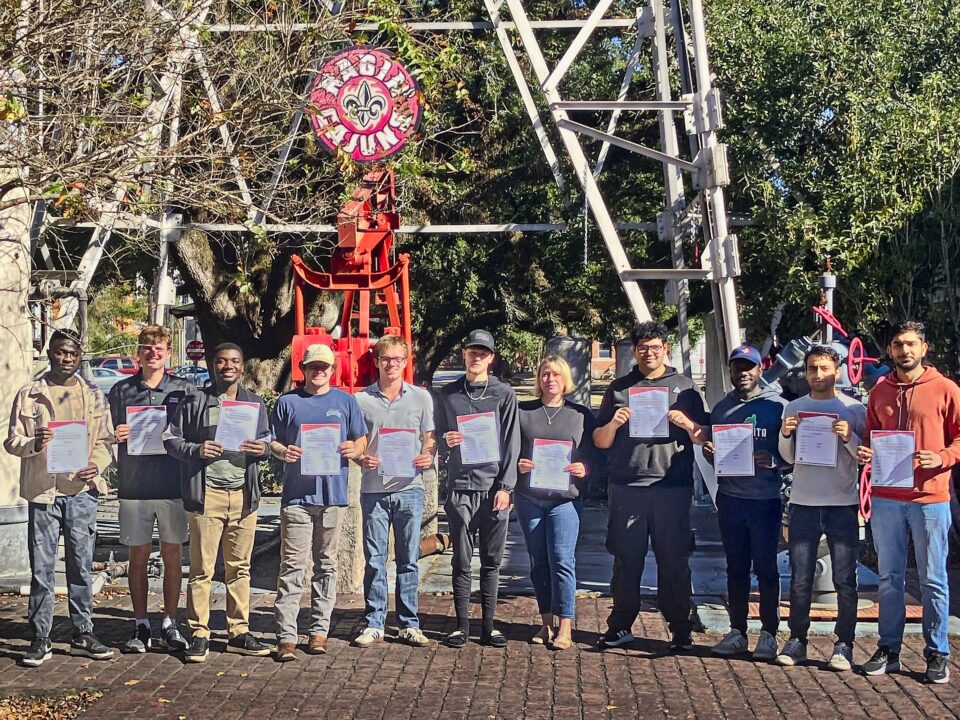The Biden Administration moves to restrict drilling and mining in the state of Alaska
On April 19th, the Department of the Interior finalized sweeping drilling restrictions in the western Arctic that will thwart future oil development in Alaska. According to the U.S. Geological Survey, Alaska is an area that holds an estimated 8.7 billion barrels of oil and 25 trillion cubic feet of natural gas.
The Interior Department also rejected a proposed mining road through the Alaska wilderness that would have allowed access to undeveloped mineral deposits, including copper and zinc. The department’s Bureau of Land Management (BLM) recommended against building the Ambler Road, a proposed 211 mile-long roadway that would have expanded mining operations, which Alaska’s Congressional delegation has championed for years.
Interior also issued a final rule that will remove the entire U.S. Arctic Ocean, 11 million acres of the National Petroleum Reserve in Alaska, and nearly 3 million acres of federal waters off the Alaska coast from consideration for new oil and gas leasing.
Under the final plan, drillers will likely face new hurdles and regulatory hoops to get projects approved in Alaskan areas open to drilling. For example, BLM will make companies offset “reasonably foreseeable and significantly adverse effects” of drilling proposals, a difficult to quantify standard, according to some observers. BLM will also be allowed to regularly update boundaries of “special areas,” which are regions where oil and gas development is most restricted. Critics said the standards could kill new industry prospects in one of the most significant oil regions of Alaska’s North Slope.
These moves represent one of the Biden Administration’s most sweeping efforts to remove public lands from oil, gas, and mineral development.




